Galeria de retlaw snellac
the world part 1
Created with Admarket's flickrSLiDR.
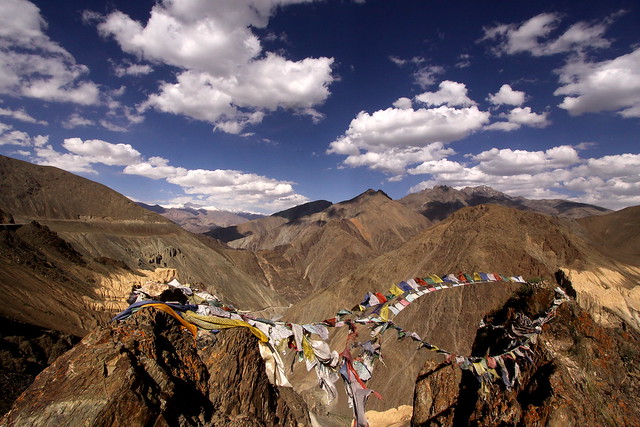
india - ladakh
Landscape on the way from Lamayuru to Khaltse (Ladakh).
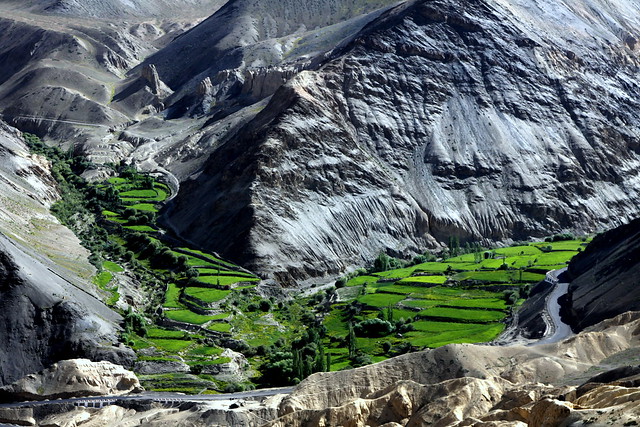
india - ladakh
Landscape on the way from Lamayuru to Khaltse (Ladakh).
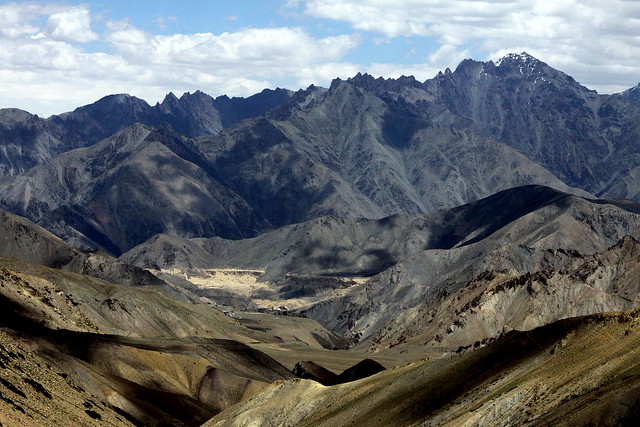
india - ladakh
On the way from Mulbekh to Lamayuru.

saudi arabia - old dir'aiyah
Old Dir'aiyah is the ancestral home of the Al-Sauds and the birthplace of the Saudi-Wahhabi union.

india - srinagar (kashmir)
Dal Lake in Srinagar.
Dal Lake is a lake in Srinagar, the summer capital of the northernmost Indian state of Jammu and Kashmir. The urban lake, which is the second largest in the state, is integral to tourism and recreation in Kashmir and is nicknamed the "Jewel in the crown of Kashmir" or "Srinagar's Jewel". The lake is also an important source for commercial operations in fishing and water plant harvesting. The shore line of the lake, about 15.5 kilometres (9.6 mi), is encompassed by a boulevard lined with Mughal era gardens, parks, houseboats and hotels.
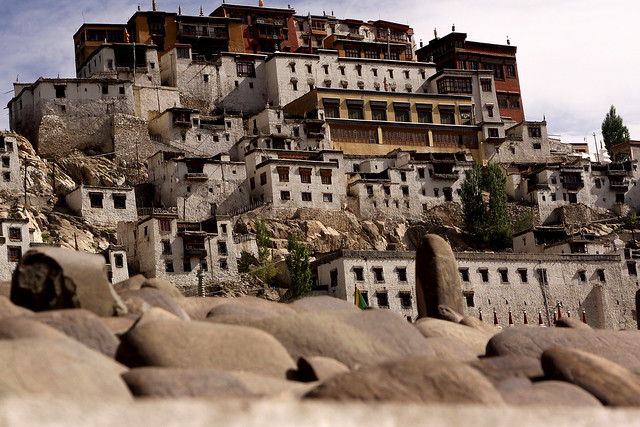
india - ladakh
Stakna Monastery.
Stakna Gompa of Ladakh is situated on the right bank of the Indus River, at a distance of approximately 25 km from the town of Leh. The name, 'Stakna' literally means 'tiger's nose'. The monastery was so named because it was built on a hill, which is shaped just like a tiger's nose.
Stakna Monastery of Leh Ladakh owes its inception to Chosje Jamyang Palkar, the great scholar saint of Bhutan. It formed a part of the many religious estates offered by the Dharmaraja Jamyang Namgial to the saint, around 1580 AD.
The central image inside the monastery is that of the sacred Arya Avalokitesvara from Kamrup (Assam). Stakna belongs to the Dugpa order and serves as the residence of approximately 30 monks. The successive reincarnations of the Stakna Tulku continue to serve as the incumbents of the monastery, preserving the teachings of the Dugpa order. Stakna Gompa also has a number of monasteries attached to it, namely Mud and Kharu and those of Stakrimo, Bardan and Sani in Zanskar.
On entering the central courtyard, one comes across the Dukhang (main assembly hall). The head lama got seven feet high, silver gilted chorten erected inside the Dukhang, in the 1950s. The chorten comprises of a statue of the Buddha as well as numerous Buddhist texts. The left wall of the Dukhang is adorned with three new paintings, those of the Tsephakmad (a Buddhist deity), Sakyamni (the Historical Buddha) and Amchi (the Medical Buddha).
The wall opposite to the Dukhang entrance is also painted with three images, those of a Bodhisattva, Padma Sambhava (8th century Indian Buddhist scholar and translator of Buddhist texts into Tibetan) and Tshong-san-gompo (an early king of Tibet). To the right of the hall are the statues of Sakyamuni (Past Buddha), the Present Buddha and Maitreya (Future Buddha). And, the throne of the head lama of Stakna lies on the left side of the Dukhang
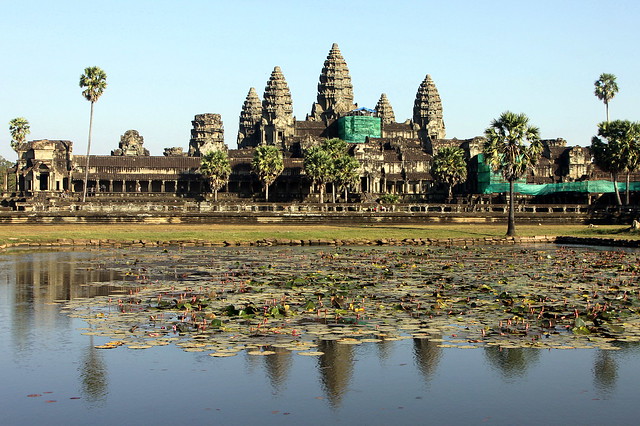
cambodia
Angkor Wat - Treasures of Angkor.
Noted for its architectural and artistic perfection, not to mention its sheer size, Angkor Wat is the most famous and no doubt the most remarkable of all of Cambodia's ancient temples. Combining great technical mastery on an unprecedented scale with extraordinary architectural and artistic innovations, Angkor Wat has a unique place in the long ancient Khmer tradition of the royal "Temple-Mountain.". Built in the 12th century in the reign of King Suryavarman II, this was the residence of Vishnu, the divine palace in which the King himself was to reside after death. The construction is thought to have taken some thirty years of intensive labor.
In the "Middle Period", notably in the 16th century, Angkor Wat, then known as Preah Pisnulok (the posthumous name of its royal founder), became a site of Buddhist pilgrimage not only for the Khmer people but for much of Southeast Asia, and indeed for other more distant Asian peoples. Today, the Khmer people see in "Little Angkor" (the familiar name of Angkor Wat), the symbol of their nation. Angkor Wat, forming a rectangle of about 1,500 by 1,300 metres, covers an area including its 190 metre wide moats - of nearly 200 hectares. The external enclosure wall defines an expanse of 1,025 metres by 800, or 82 hectares. It is the largest monument of the Angkor group.
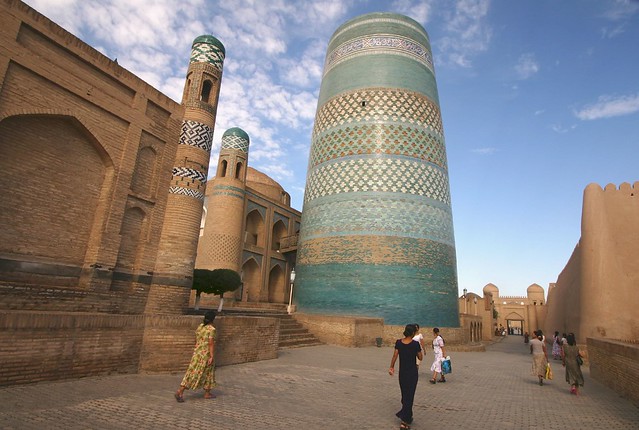
the silk road
The old walled city of Khiva, in western Uzbekistan, was once the capital of the kingdom of Khorezm, near the Aral Sea. It grew rich on the Silk Road trade carried across Central Asia's deserts. Now it is a remarkable open-air museum of history and architecture.
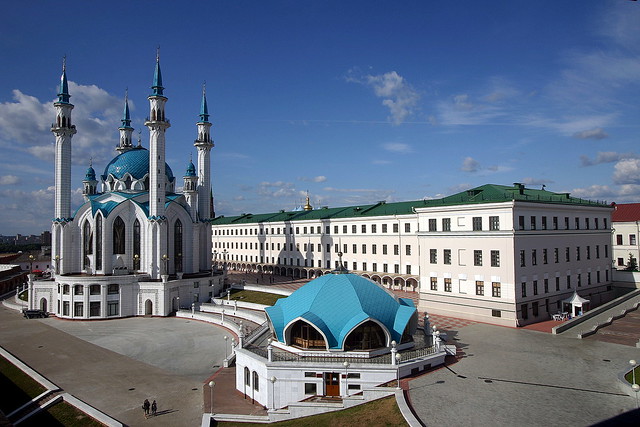
russia - kazan
Qolsharif Mosque (Kazan, Russia).
The Qolşärif mosque located in Kazan Kremlin was the largest mosque in Russia and, reputedly, in Europe outside Istanbul. As of 2009, reputedly, it's the second largest mosque in Europe (without Turkey) after Grozny Central Dome Mosque. Originally, the mosque was built in Kazan Kremlin in the 16th century. It was named after Qolşärif who served there. Qolsharif died with his numerous students while defending Kazan from Russian forces in 1552. It is believed that the building featured minarets, both in the form of cupolas and tents. Its design was traditional for Volga Bulgaria, although elements of early Renaissance and Ottoman architecture could have been used as well. In 1552, during the storm of Kazan it was destroyed by Ivan The Terrible. Tatar scholars speculate as to whether some elements of Qolşärif mosque can be seen in Saint Basil's Cathedral in Moscow (8 minarets, a central cupola, not typical for Russian architecture). Since 1996 the mosque has been rebuilt in Kazan Kremlin, although its look is decisively modern. Its inauguration on July 24, 2005 marked the beginning of celebrations dedicated to the Millennium of Kazan. Several countries contributed to the fund that was set up to build Qolsharif mosque. Namely, Saudi Arabia, United Arab Emirates. Qolsharif is considered to be one of the most important symbols of Tatar aspiration to independence and liberty. Nowadays the mosque predominantly serves as Museum of Islam. At the same time during the major Muslim celebrations thousands of people gather there to pray. The Qolsharif complex was envisioned to be an important cornerstone of Kazan architectural landscape. Besides the main mosque building it includes the library, publishing house and Imam's office.
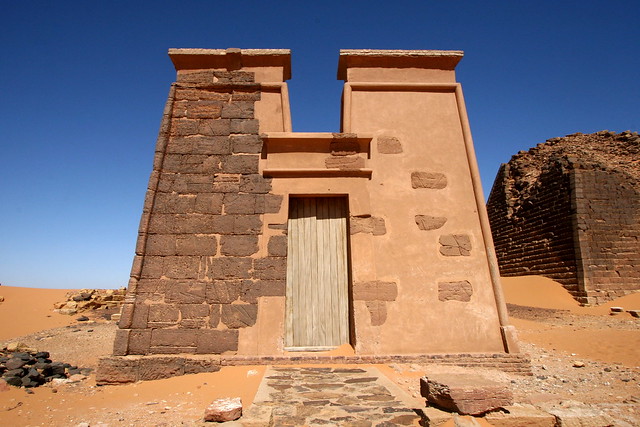
sudan - the black pharaohs
The Meroe Pyramids.
The Meroe Pyramids are located in the North-East of Sudan near the banks of the Nile in the area commonly known as Nubia. There are close to two hundred pyramids in a relatively small area, the ancient burial site of the Merotic Kingdom (sometimes known as the Kingdom of Kush). The Pyramids are smaller than their Egyptian cousins but equally impressive due to their number. The first of the Meroe Pyramids were built about 800 years after the last Egyptian pyramids were completed. The Meroe pyramids were constructed from large blocks of sandstone. They're angled more steeply than the Egyptian pyramids.
The Kush Kingdom flourished for 900 hundred years from around 800 B.C. to 280 A.D. and held power over a vast area covering much of the Nile Delta and as far south as Khartoum. Meroe became very important as the Kingdom's center from around 300 B.C. to 280 A.D. Egyptian influence remained strong and Egyptian artisans were used to build the Meroe Pyramids to commemorate dead royalty. The dead were buried in chambers underneath the pyramids.
Excavations of the Pyramids started in mid 19th Century. Most notoriously, an Italian explorer, Giuseppe Ferlini (1800-1870), smashed the tops off 40 pyramids in a quest to find treasure. What was found was brought back to British and German museums along with samples of Meroitic writing and reliefs depicting historical events. Through the years, the pyramids have been plundered of all their wealth and left to the elements. But many of the pyramids still stand and their architectural elegance is worth a trip. Some of the pyramids have been reconstructed so you get a good idea of what they must have looked like.
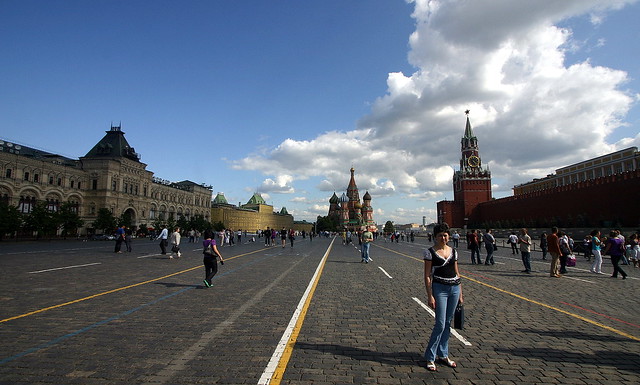
russia - moscow
Red Square (Moscow, Russia).
Moscow's famous Red Square earned its name not from the red walls of the Kremlin, nor from the traditional symbol of Communism, but from the Russian word for "red", which many centuries ago also meant "beautiful". The square's vast cobbled expanse is flanked by some of Moscow's most famous tourist attractions. Along one side stands the eastern wall of the Kremlin, on the next - the brightly-colored spiraling onion domes of St. Basil's Cathedral, to the north - the elegant turn of the century arcades of the GUM department store (mall) and Kazan Cathedral and to the west - Russia's imposing National Historical Museum and the 1990s replica of the Resurrection Gate. The square first came into being at the end of the 15th century during the reign of Ivan III. It was initially called Trinity Square
after the Trinity Cathedral, which stood on the site of the later St. Basil's Cathedral. The name by which we all know the square today originated much later, possibly as late as the 17th century. Located on the site of the city's old market place, Red Square served as Moscow's equivalent of ancient Rome's Forum - a meeting place for the people. It served as a place for celebrating church festivals, for public gatherings, hearing Government announcements and watching executions, the later becoming particularly commonplace during the reigns of Ivan the Terrible and Peter the Great and during the anarchic Time of Troubles in the early 17th century. Occasionally the Tsar himself would address the people from a platform on the square, named Lobnoye Mesto. In 1712 Peter the Great moved the Russian capital to St. Petersburg and Red Square temporarily lost its political significance only to regain it two centuries later, when the Bolsheviks moved the capital back to Moscow in 1918. The new Communist regime turned the square into a memorial cemetery and parade ground and in 1924 the Lenin Mausoleum was built to house the embalmed body of the founder of the Communist state. Red Square became the ideological focus of the new Soviet state and some of its ancient building weren't seen as appropriate to the new regime. The Kazan Cathedral and the Iverskaya Chapel with the Resurrection Gates were destroyed to make space for the military parades and demonstrations that frequented the square. The Bolsheviks even planned to knock down the GUM Department Store and the Historical Museum, but the onset of WWII diverted attention from the idea and thankfully it was never realized. Red Square served as the site of frequent Soviet military parades and demonstrations on major national holidays, such as May 1st (International Worker's Solidarity Day) and November 7th (the Anniversary of the October Revolution). Perhaps the most dramatic and impressive military parade that the square has witnessed took place on November 7th 1941, when Nazi troops were advancing on Moscow and fought just a few miles away from the capital. On that day thousands of Russian soldiers appeared in parades on Red Square and then marched directly to the front line to defend the Soviet capital. The brief parade boosted the confidence and fighting spirit of the Soviet people at the height of their battle with the Nazi forces. After the war, in June 1945, hundreds of Soviet troops marched in columns across the square to celebrate victory over the Nazis and 200 German banners were thrown at the foot of Lenin's Mausoleum. Today, Red Square is a popular attraction for both Russian and foreign visitors alike. It provides plenty of photographic opportunities, while the area between St. Basil's and the Moscow River is often used for rock and pop concerts.
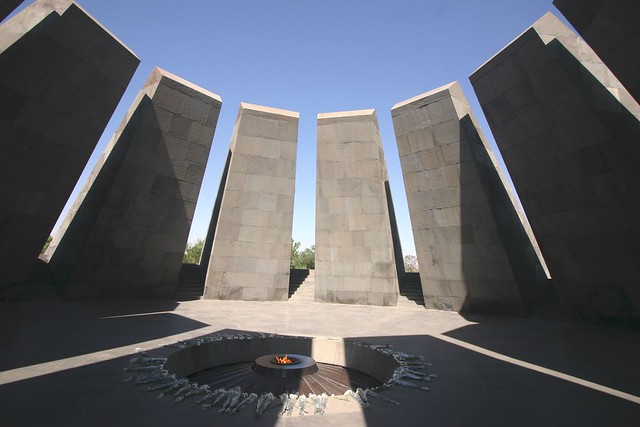
armenia
The Genocide monument in Yerevan.
The Genocide Monument is a memorial complex dedicated to the memory of the one and one-half million Armenians who perished in the first genocide of the twentieth century, at the hands of the Turkish government as victims of the Armenian Genocide.
The central memorial structures consist of a circular area that shelters the eternal flame memorizing all the victims of the Genocide; it stands as the Memorial Sanctuary. The eternal flame is housed under 12 tall, inward-leaning basalt slabs forming a circle. The shape of these walls simulates traditional Armenian khatchkars.
Armenia Genocide: In April 1915 the Ottoman government embarked upon the systematic decimation of its civilian Armenian population. The persecutions continued with varying intensity until 1923 when the Ottoman Empire ceased to exist and was replaced by the Republic of Turkey. The Armenian population of the Ottoman state was reported at about two million in 1915. An estimated one million had perished by 1918, while hundreds of thousands had become homeless and stateless refugees.
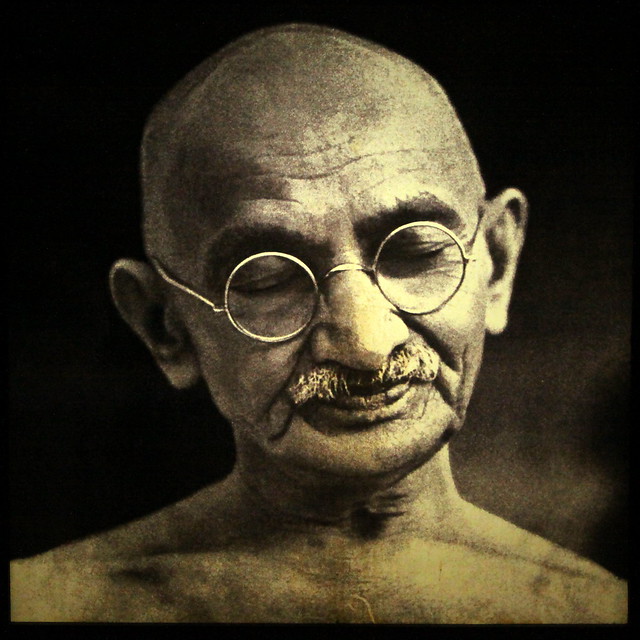
india - gujarat
Sabarmati Ashram, Ahmedabad, Gujrat
Sabarmati Ashram, formerly known as 'Satyagraha Ashram", situated in Ahmedabad at the Kocharab Bungalow of Jivanlal Desai, a barrister. Later on it was shifted to the banks of Sabarmati river and then it came to be known as 'Sabarmati Ashram'. Gandhi stayed at the Ashram from 1915 to 1933 later on the Ashram was disbanded. The Ashram is a witness to many important historical events.
"This is the right place for our activities to carry on the search for Truth and develop Fearlessness- for on one side, are the iron bolts of the foreigners, and on the other, thunderbolts of Mother Nature".- This is how Gandhiji described the site of Sabarmati
Ashram when he first visited the place for assessing if it was suitable for carrying out his work.
The site of 36 acres was a waste land full of snakes, but the order was not to kill them.
The Satyagraha Ashram, later renamed as Harijan Ashram, was started in all earnest with a two-fold purpose- one was to carry on the search for Truth, and the other was to create a non-violent group of workers, who would organize and help to secure freedom for the country.
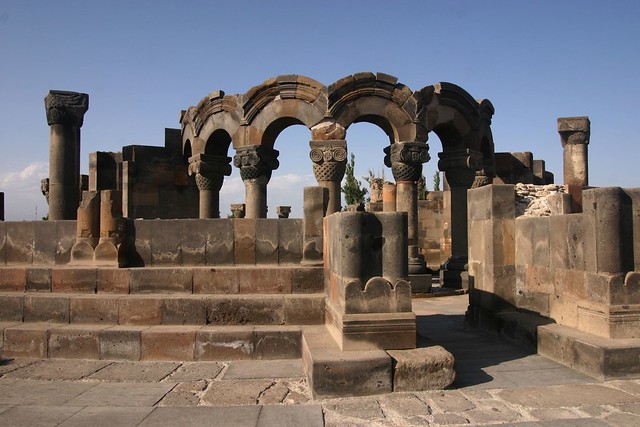
armenia
Zvartnots Cathedral.
The architectural masterpiece of Zvartnots was built by order of the Catholicos Nerses III between the years 641 and 662. It was damaged by an earthquake in the 10th century and unearthed nearly a thousand years later in 1900-1907, in the town of Echmiadzin.
The construction of Zvartnots began around 643, after Armenia's recovery from the devastation that followed the first Arab invasions in 640. In an attempt to stave off the pillaging of their country, the Armenians looked to sign a peace treaty with the Arabs, only to provoke military outrage from co-religionist Byzantium in 652. After the capture of Dvin, the Armenian capital, the emperor Constantine emanded both a religious union and the adoption by Armenians of Chalcedonism - the extreme Orthodox belief within the Greek church. Once more, Armenians were faced with the eternal problem of choosing between East and West. During this round, the partisans of the Arab alliance prevailed and the Catholicos Nerses, a passionate supporter of the religious union with Byzantium, was forced to leave together with the Byzantines and settle in his native village of Ishkhan. After the Arabs were ousted from Armenia he reappeared in Echmiadzin and spearheaded the efforts on a huge construction project, which eventually became embraced nationwide. Unfortunately, a series of devastating earthquakes during the 10th century, and the cathedral was destroyed. Excavations at the site took place in the 12th century while restorations were carried out in the early 20th century.
Zvartnots is listed in the UNESCO World Heritage List.
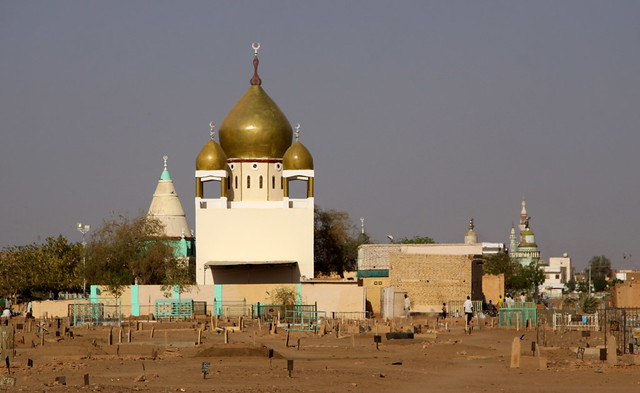
sudan - the whirling dervishes of omdurman
The whirling dervishes of Omdurman.
Sheikh Hamed al-Nil was a 19th-century Sufi leader of the Qadiriyah order, and his tomb is the weekly focus for Omdurman's most exciting sight - the dancing and chanting dervishes. Each Friday afternoon before sunset, adherents of the Qadrriyah order gather to dance and pray, attracting large crowds of observers and participants.
The purpose is a ritual called "dhikr". The "dhikr" relies on the recitation of God's names to help create a state of ecstatic abandon in which the adherent's heart can communicate directly with God. This personal communication with God is central to Sufi practices. At the end of the ritual, the dervishes break off and enter the mosque to pray in the orthodox Islamic manner. With Sufism so important to Sudanese Islam, "dhikr" rituals play a major role in religious life.
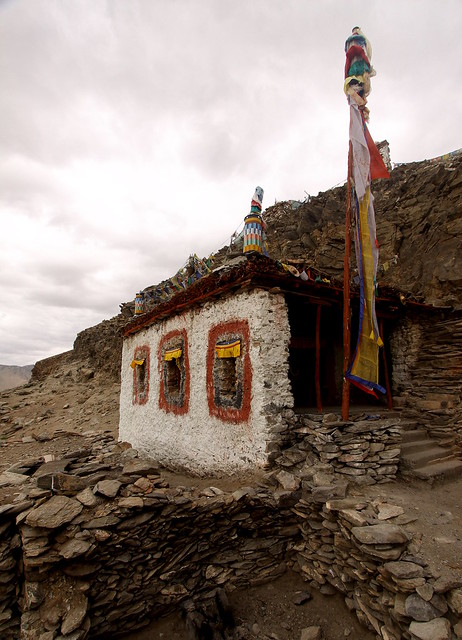
india - ladakh
Thukse monastery.
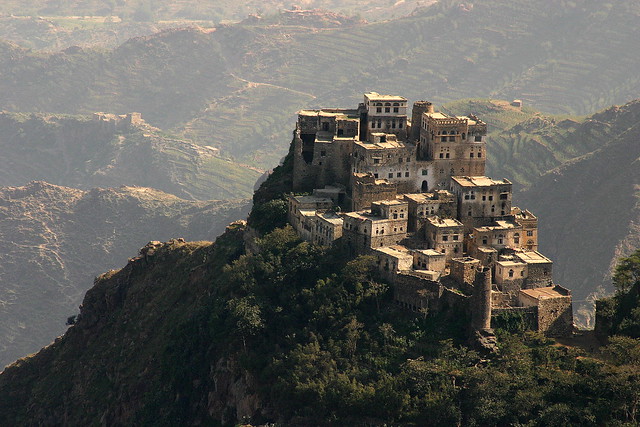
yemen
Al Mahwit village on the top of a hill (Yemen).

cambodia
Preah Neak Pean - Treasures of Angkor.
Preah Neak Pean is a small island temple located in the middle of the last baray (the
Preah Khan Baray or Jayatataka) to be constructed by a Khmer king in the Angkor area. The central temple sits at the axis of a cross or lotus pattern of eight pools. Originally known as Rajasri, Neak Pean took its modern appellation, which means ‘coiled serpents,’ from the encoiled nagas that encircled the temple. The temple is faced by a statue of the horse, Balaha, saving drowning sailors. Though originally dedicated to Buddha, Neak Pean contains several Hindu images. Neak Pean may have served an absolution function, and the waters were thought to have healing properties. During the dry season when the water is low, check out the animal and human headwater spouts at the outside center of each pool. Neak Pean is most photogenic in the wet season when the pools are full.
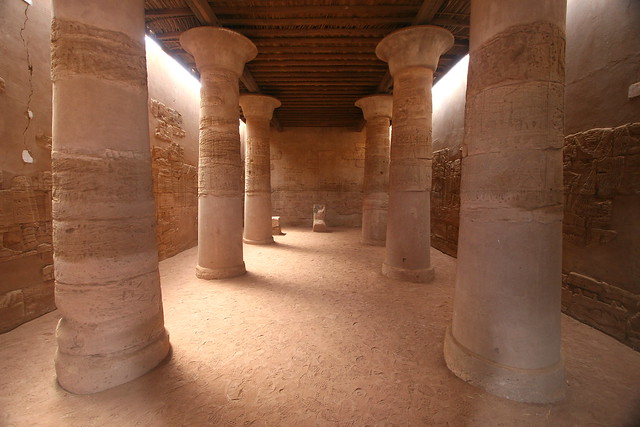
sudan - the black pharaohs
The archaeological site of Musarawwat Es Sufra.
Musawwarat is an Arabic word that translates to depictions. Es Sufra begs two theories behind the naming. One school of thought believes it is an adaptation of Es Safra The
Yellow as most of the remaining ruins are actually yellowish in colour. Alternatively, Es Sufra means The Dinning Table, an association to a table-like mountain located at a short distance. Regardless of the naming and its origin, Musawwarat Es Sufra is the largest temple complex dating back to the Meroitic Period. It consists of two main parts -- the Great Enclosure and the Lion Temple. The Great Enclosure is a vast structure consisting of low walls, a colonnade, two reservoirs and two inclined long ramps. The purpose this enclosure had served is vague, with a handful of theories on the table. One proposes that it had been an elephant training camp. In addition to the two ramps that might have been used for the big animals to go up and down, and also in addition to the elephants' statues that can be found in the vicinity, the greatest collection of elephant carvings I have seen in Sudan is in the Great Complex. On the other hand, the nearby Lion Temple might have been a place of pilgrimage and pilgrims used to be housed in the Great Complex. This is backed by ancient graffiti and carvings depicting Apedemak. A human body with a lion head, Apedemak was the most widely worshipped local deity throughout the entire Kushite Kingdom. Built by King Arnekhamani around 230 BC, the Lion Temple in Musawwarat Es Sufra is one of the most well preserved sites in Sudan. It was elegantly restored by the Humboldt University in Berlin in the 1960s.

india - srinagar (kashmir)
Dal Lake in Srinagar.
Dal Lake is a lake in Srinagar, the summer capital of the northernmost Indian state of Jammu and Kashmir. The urban lake, which is the second largest in the state, is integral to tourism and recreation in Kashmir and is nicknamed the "Jewel in the crown of Kashmir" or "Srinagar's Jewel". The lake is also an important source for commercial operations in fishing and water plant harvesting. The shore line of the lake, about 15.5 kilometres (9.6 mi), is encompassed by a boulevard lined with Mughal era gardens, parks, houseboats and hotels.

india - sikkim
Bridge to Bhutan (on the way from Gangtok in Sikkim to Siliguri in West Bengalen).
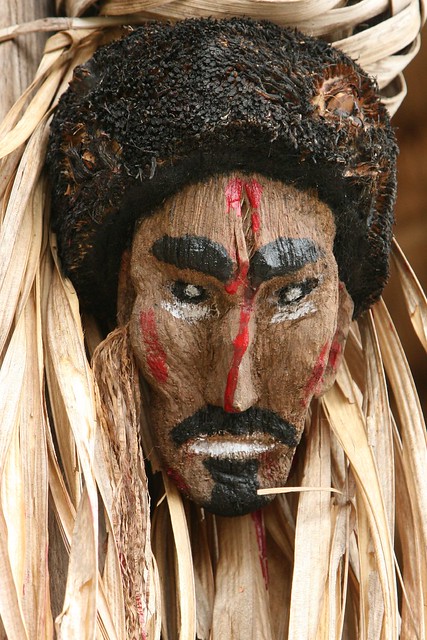
india - nagaland
Traditional village at Kohima.
| The Ultimate Self Realization Course (tm) | | |
| Special New Release--Hear It Right Now!! | Special Announcements!
| See Sankarshan Prabhu's | |
| Get Krishna's Special Mercy by Rendering Devotional Service If you'd like to contribute something to help cover the expenses of Sankarshan Prabhu's European Lecture Series you can | On the order of his spiritual master, Srila Prabhupada, Sankarshan Prabhu has dedicated his life for the most urgent work of spreading Krishna consciousness all over the world. The more that Krishna consciousness spreads, the more that the suffering, scarcity, and hate on this planet will be replaced with bliss, abundance and love. This is a golden opportunity for us to do the highest good for all living beings and receive the special blessings of the Lord. Therefore we should, as much as possible, sacrifice our time, energy, and resources to assist Sankarshan Prabhu in his most important work. If you would like to help out to any extent, little or big, kindly inform Sankarshan Prabhu of your desire. | Meet If you would like to meet Sankarshan Prabhu or hear his lectures, you may contact us directly for an appointment or specific information on where and when his lectures will be held. | |
| Do You Have Questions or Need Guidance? | All inquiries are welcome. | Contact Information: Phone: 1-512-835-2121 or Email your questions |

 Sri Krishna Janmastami
Sri Krishna Janmastami Maha Kalash Abhisekha
Annual Patron Member Puja You are cordially invited to sponsor a Golden Kalash to bathe Sri Sri Radha Krishna, on the most auspicious day of
Sri Krishna Janmastami
(September 4, 2007)
This is a wonderful chance for you and your family to sponsor a beautiful bathing ceremony for Sri Sri Radha and Krishna. With your generous sponsorship, you will get to keep the sacred Kalash that the temple priest uses to bathe the Lord on your behalf. We will mail you your golden Kalash along with a wonderful assortment of prasadam sweets that will be offered to Sri Sri Radha Krishna on Janmastami. Your tax deductible contribution with help us to maintain and develop the worship of Lord Krishna.
Your golden Kalash is an amazingly beautiful transcendental work of art that your family will treasure for many generations. It will be shipped to you in a red velvet box as seen above:
There is a very limited supply. So if you would like to to sponsor a Kalash, do so right away before they are all taken: www.backtohome.com/Kalash
| ||
| Home | Thought for The Day | Audio | Videos | Photos | Itinerary | Meditations on Pure Bhakti | Offerings | Services | ||
|

Up

TABLA - FUENTES - FONTS
SOUV2
- SOUV2P.TTF - 57 KB
- SOUV2I.TTF - 59 KB
- SOUV2B.TTF - 56 KB
- SOUV2T.TTF - 56 KB
- bai_____.ttf - 46 KB
- babi____.ttf - 47 KB
- bab_____.ttf - 45 KB
- balaram_.ttf - 45 KB
- SCAGRG__.TTF - 73 KB
- SCAGI__.TTF - 71 KB
- SCAGB__.TTF - 68 KB
- inbenr11.ttf - 64 KB
- inbeno11.ttf - 12 KB
- inbeni11.ttf - 12 KB
- inbenb11.ttf - 66 KB
- indevr20.ttf - 53 KB
- Greek font: BibliaLS Normal
- Greek font: BibliaLS Bold
- Greek font: BibliaLS Bold Italic
- Greek font: BibliaLS Italic
- Hebrew font: Ezra SIL
- Hebrew font: Ezra SIL SR
Disculpen las Molestias

Up
Sankarshan Das Adhikari - ANUAL
Conceptos Hinduistas (1428)SC
Aa-Anc · Aga - Ahy · Ai - Akshay · Akshe - Amshum · Ana - Ancie · Ang - Asvayu · Ata - Az · Baa-Baz · Be-Bhak · Bhal-Bu · C · Daa-Daz · De · Dha-Dry · Du-Dy · E · F · Gaa-Gayu · Ge-Gy · Ha-He · Hi-Hy · I · J · K · Ka - Kam · Kan - Khatu · Ki - Ko · Kr - Ku · L · M · N · O · P · R · S · Saa-San · Sap-Shy · Si-Sy · Ta - Te · U · V · Ve-Vy · Y · Z
Conceptos Hinduistas (2919) SK
Aa-Ag · Ah-Am · Ana-Anc · And-Anu · Ap-Ar · As-Ax · Ay-Az · Baa-Baq · Bar-Baz · Be-Bhak · Bhal-Bhy · Bo-Bu · Bra · Brh-Bry · Bu-Bz · Caa-Caq · Car-Cay · Ce-Cha · Che-Chi · Cho-Chu · Ci-Cn · Co-Cy · Daa-Dan · Dar-Day · De · Dha- Dny · Do-Dy · Ea-Eo · Ep-Ez · Faa-Fy · Gaa-Gaq · Gar-Gaz · Ge-Gn · Go · Gra-Gy · Haa-Haq · Har-Haz · He-Hindk · Hindu-Histo · Ho-Hy · Ia-Iq · Ir- Is · It-Iy · Jaa- Jaq · Jar-Jay · Je-Jn · Jo-Jy · Kaa-Kaq · Kar-Kaz · Ke-Kh · Ko · Kr · Ku - Kz · Laa-Laq · Lar-Lay · Le-Ln · Lo-Ly · Maa-Mag · Mah · Mai-Maj · Mak-Maq · Mar-Maz · Mb-Mn · Mo-Mz · Naa-Naq · Nar-Naz · Nb-Nn · No-Nz · Oa-Oz · Paa-Paq · Par-Paz · Pe-Ph · Po-Py · Raa-Raq · Rar-Raz · Re-Rn · Ro-Ry · Saa-Sam · San-Sar · Sas-Sg · Sha-Shy · Sia-Sil · Sim-Sn · So - Sq · Sr - St · Su-Sz · Taa-Taq · Tar-Tay · Te-Tn · To-Ty · Ua-Uq · Ur-Us · Vaa-Vaq · Var-Vaz · Ve · Vi-Vn · Vo-Vy · Waa-Wi · Wo-Wy · Yaa-Yav · Ye-Yiy · Yo-Yu · Zaa-Zy








No hay comentarios:
Publicar un comentario